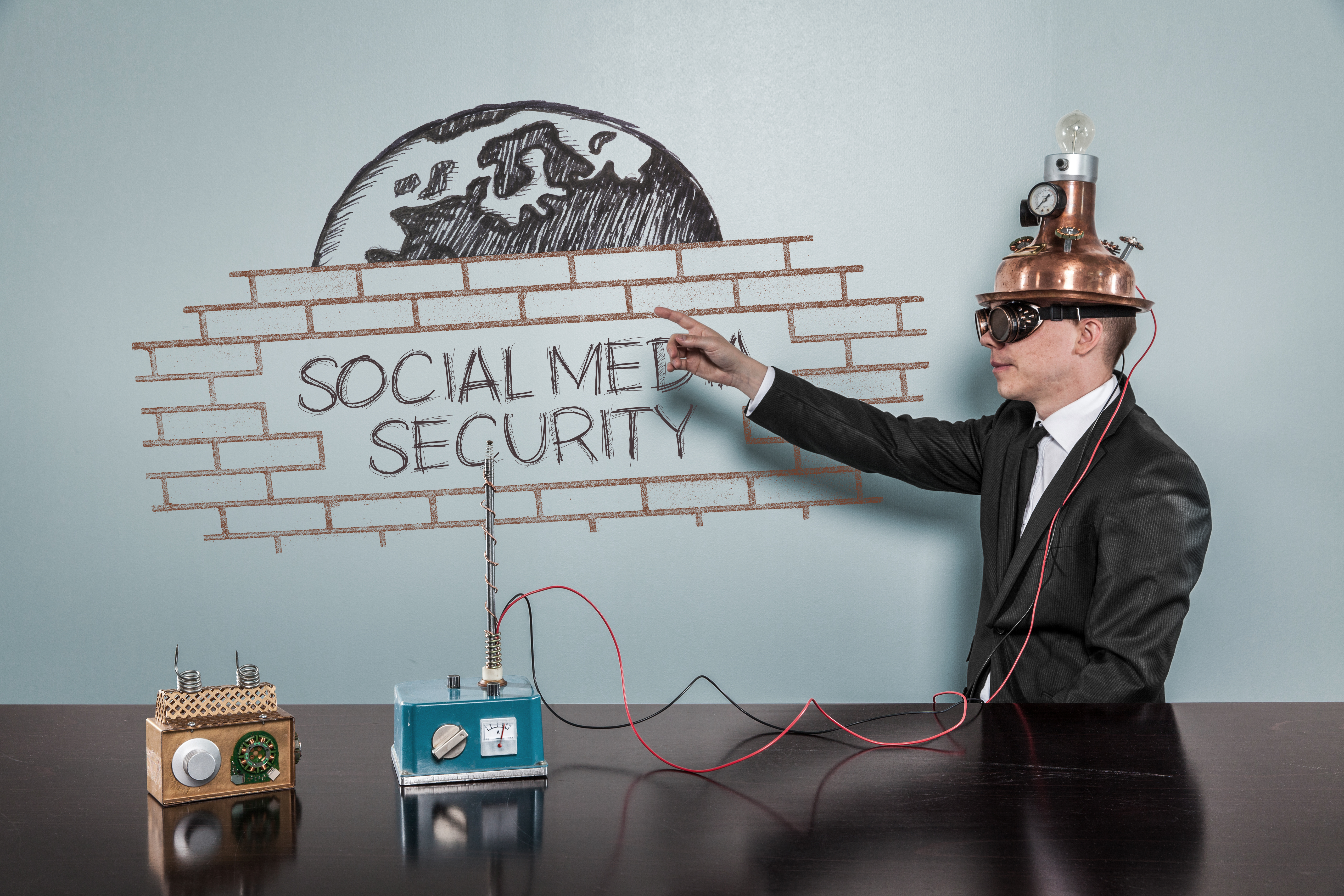The biggest social media cyber security risks businesses face and how to avoid them
Businesses tend to gloss over social media cyber security, thinking that it’s more of an issue in their employees’ personal lives than a threat to workplace cyber security. However, one in eight enterprises have suffered a security breach that was traced back to a cyber attack on social media.

Here are the top social media cyber security threats to organizations and how to avoid them.
Social Media Cyber Security Threats to Enterprises
Human Error & Other Insider Threats
Company insiders are arguably the biggest social media cyber security threat, representing everything from posting inappropriate content (accidentally or purposefully) to sharing passwords to clicking on a phishing link posted by a follower or “friend.”
Unattended Accounts
It’s a good idea to reserve your brand’s name on all major social media channels, even if you don’t plan to use all of them, so that competitors and detractors do not get their hands on them. It’s not a good idea to leave these accounts completely unattended. Hackers often look to break into “zombie” corporate accounts that no one is monitoring, then use them to spread malware, launch social engineering schemes, or even post defamatory information about the company.
Uncontrolled User Access
Some organizations hand out their social media credentials like they’re candy, not only to multiple employees but also interns, temps, and third-party social media vendors.
Imposter Accounts
This is when hackers set up phony social accounts with handles that closely match your organization’s name, sometimes even using your graphics and copying your recent posts to make the account look genuine. Although imposter accounts are sometimes seen as a reputation management problem, not a social media security issue, these accounts then follow/friend your customers or even your employees and engage in social engineering, sending them messages requesting login credentials and other sensitive information.
Vulnerabilities in Connected Apps
Many companies connect their social accounts with third-party apps, such as analytics apps. While these apps are useful or even necessary, they are not without cyber security risks. In 2017, hackers got into the Twitter accounts of numerous prominent organizations, including Forbes and Amnesty International, using a flaw in the popular Twitter Counter app.
Social Media Cyber Security Best Practices for Enterprises
There are numerous proactive steps your company can take to protect against social media cyber security threats:
- Establish a social media policy that includes social media cyber security protocols. Perform periodic audits of your policy to ensure it keeps up with the latest changes and threats.
- Strictly limit social media access. Avoid giving access to interns and other temporary staff. Don’t allow any employee to access your social media until they have been trained on social media cyber security.
- Use social media management platforms, such as Hootsuite or Buffer, that allow you to grant employees posting access without handing over actual account login credentials. These programs also allow you to set up a system of approvals for social media posts.
- Immediately suspend the login credentials of any staff members who leave the company or any vendors you are no longer using.
- Prohibit employees or vendors from connecting your social media accounts to any third-party apps until they have been vetted by your security and governance team.
- Monitor all of your company’s social media accounts, including placeholder accounts that you are not using.
- Engage in “social listening” and monitor social media networks for imposter accounts, negative content about your brand, and other actionable items.
- Be careful about who your company accounts “follow back.” Following everyone who follows you may seem harmless, but once you follow an account back, it can start sending you private messages, which may contain phishing links.
The cyber security experts at Continuum GRC have deep knowledge of the cyber security field, are continually monitoring the latest information security threats, and are committed to protecting your organization from security breaches. Continuum GRC offers full-service and in-house risk assessment and risk management subscriptions, and we help companies all around the world sustain proactive cyber security programs.
Continuum GRC is proactive cyber security®. Call 1-888-896-6207 to discuss your organization’s cyber security needs and find out how we can help your organization protect its systems and ensure compliance.




